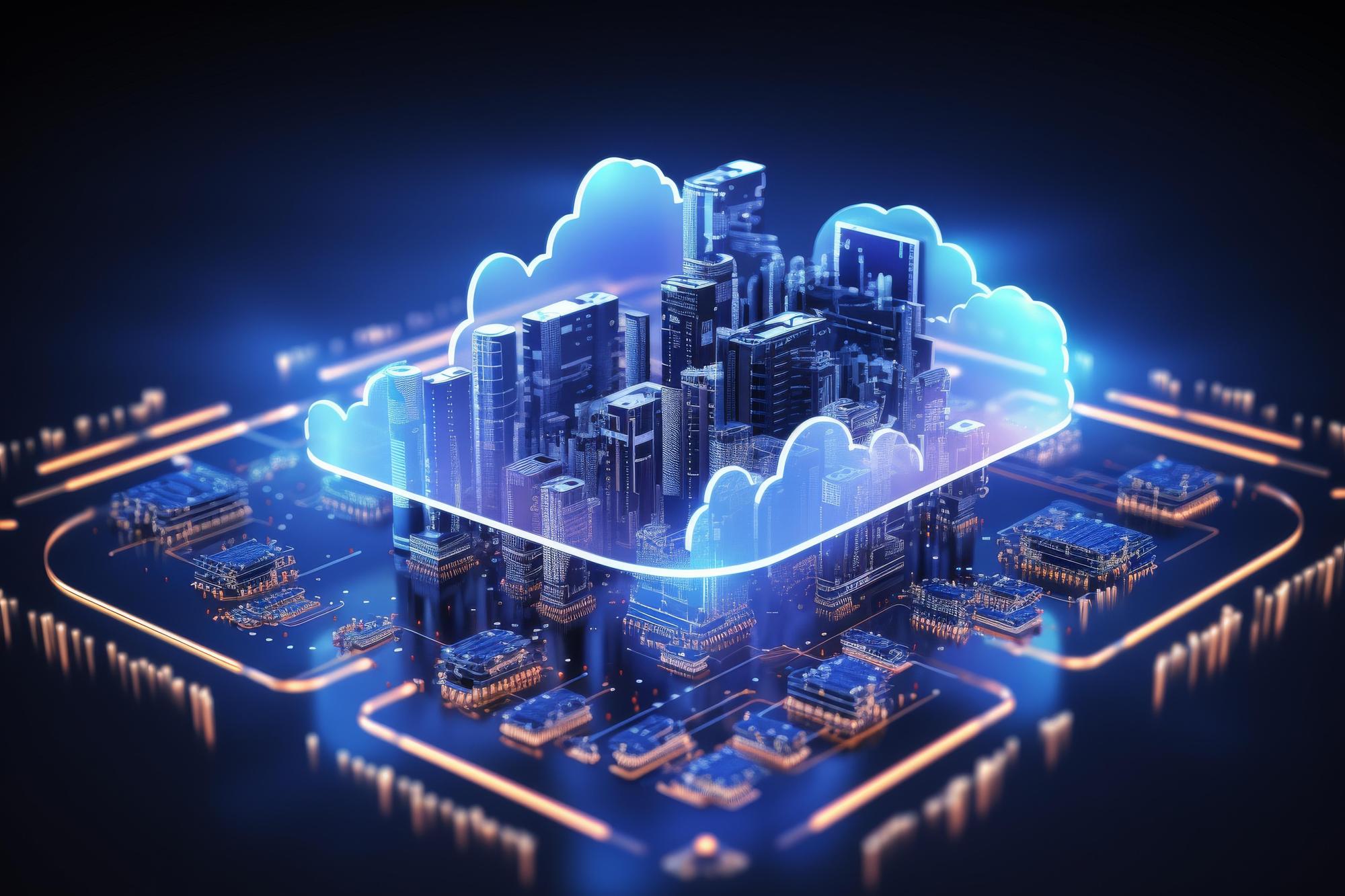Google Cloud Platform (GCP) is renowned for its robust and scalable infrastructure. A cornerstone of GCP’s success is its strong commitment to security. This article delves into the core components and best practices of GCP’s security architecture, providing a comprehensive overview.
Zero Trust Security
GCP operates on a “Zero Trust” model, where no user or device is inherently trusted. Every access request is verified and authorized, regardless of network location.
Shared Responsibility Model
While Google secures the underlying infrastructure, customers are responsible for securing their data, applications, and user access within their GCP environments.
Defense-in-Depth
GCP employs a layered security approach to mitigate risks. This includes multiple security controls at various levels, from physical security to application-level security.
Compliance and Transparency
GCP adheres to industry standards like GDPR, HIPAA, and SOC 2. It provides transparency into its security practices through regular audits and certifications.
Infrastructure Security
- Physically Secure Data Centers: GCP’s data centers are equipped with advanced security measures, including biometric access control, surveillance, and environmental controls.
- Secure Boot: GCP servers boot from verified and trusted sources, preventing unauthorized boot processes.
- Encryption at Rest and in Transit: Data is encrypted using industry-standard algorithms like AES-256 to protect it from unauthorized access.
Identity and Access Management (IAM)
- Role-Based Access Control (RBAC): Assigns specific permissions to users and groups, minimizing the risk of unauthorized access.
- Federated Identity: Enables seamless integration with existing identity systems, such as Active Directory or Google Workspace.
- Multi-Factor Authentication (MFA): Enhances security by requiring multiple forms of authentication.
Network Security
- Virtual Private Cloud (VPC): Provides isolated network environments for enhanced security.
- Cloud Armor: Protects against DDoS attacks and web application vulnerabilities.
- BeyondCorp: A security model that replaces traditional VPNs with zero-trust network access.
Data Security:
- Customer-Managed Encryption Keys (CMEK): Allows customers to control the encryption keys for their data.
- Data Loss Prevention (DLP): Detects and protects sensitive data, such as PII and credit card numbers.
- Backup and Recovery: GCP offers robust backup and recovery solutions to protect data from loss or corruption.
Security Monitoring and Threat Detection
- Security Command Center (SCC): Provides a centralized view of security posture, including vulnerability assessments and threat detection.
- Cloud Audit Logs: Records detailed information about activity within GCP environments, enabling auditing and compliance.
- Chronicle: A powerful threat intelligence and security analytics platform.

Healthcare Provider
A healthcare organization can leverage GCP’s HIPAA-compliant infrastructure to securely store and analyze patient data.

Financial Services
A bank can use GCP’s robust security controls to protect sensitive financial information and comply with regulatory requirements.

Retailer protection
A retailer can utilize GCP’s DDoS protection and web application firewall to safeguard online transactions and customer data.

Implement Strong Access Controls
Use IAM to grant only the necessary permissions to users.

Enable MFA
Enforce MFA for all user accounts to enhance security.

Keep Software Updated
Regularly update GCP services and applications to address vulnerabilities.

Monitor and Log Activity
Utilize Cloud Audit Logs and Security Command Center to track activity and detect anomalies.

Regularly Review Security Policies
Keep security policies up-to-date and aligned with industry best practices.

Conduct Security Assessments
Perform regular security assessments to identify and mitigate risks.
Onboard Remote Staff Quickly
Effortlessly Tap into skilled remote talent with our simplified hiring.
The future of scaling will be defined by data analytics and the technologies that drive it. At Synergifi, we are excited to help businesses embrace these trends, ensuring that they can grow efficiently, securely, and sustainably. By staying ahead of the curve and leveraging the latest advancements in AI, automation, and data security, Synergifi is committed to leading the charge in data-driven scaling.



